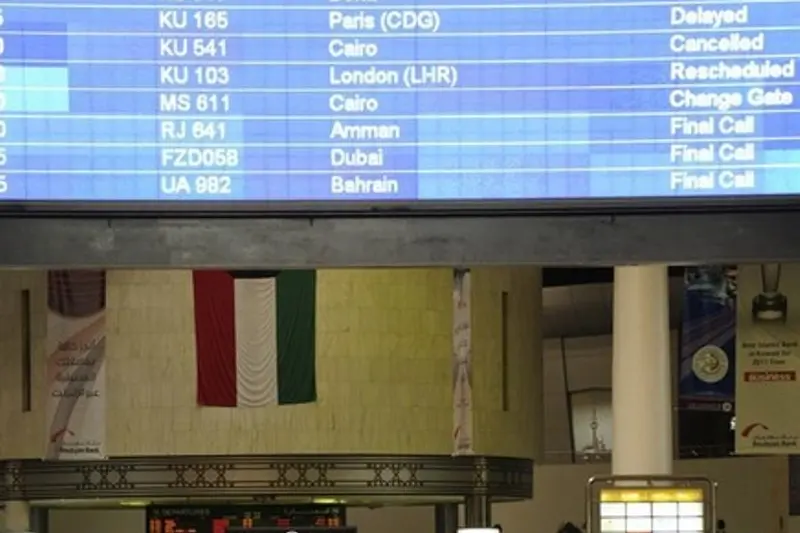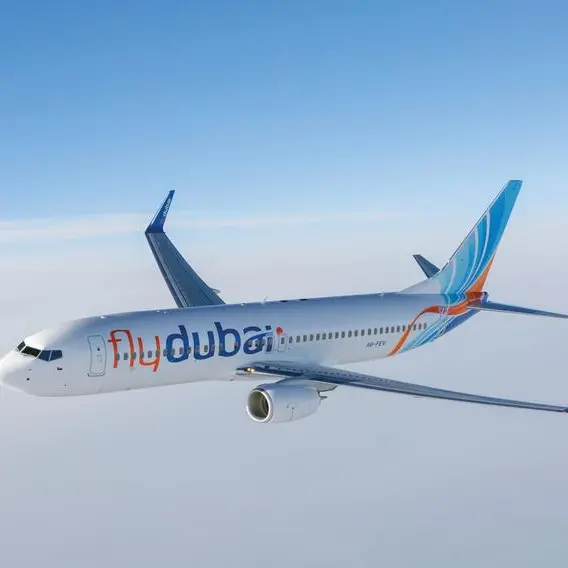PHOTO
KUWAIT: As Kuwait Airways, the official national carrier of the State of Kuwait, enters its 64th year of operations – the oldest single-state national carrier in the GCC region – the pioneering spirit of the airline saw a resurgence in 2016, with its iconic Bluebird emblem certainly appearing to soar once more.
The year 2016 witnessed a number of key achievements followed by rapid growth for the airline, signaling a commitment from both the management and stakeholders to position Kuwait’s official national carrier in line with global and regional developments in the aviation sector.
The catalyst for this change was the culmination of the development and introduction of Kuwait Airways’ five-year “Transformation Strategy”.
Officially announced on 3rd September 2016, the planning stages for this strategy had been set in motion when Rasha Al-Roumi, Chairperson and CEO, was appointed – along with a new senior management team – in 2014.
The new strategy has seen a radical change in the carrier’s goals, across all its operational, commercial and service areas. The primary aim, according to airline sources, is to introduce a new business model and corporatized “culture of excellence” that will allow the airline to compete within the regional aviation industry. A consequence and by-product of such actions, is also the restoring of a sense of domestic and international pride, in Kuwait’s official national carrier.
So, how has Kuwait Airways gone about addressing its core challenges and looked to set itself out on this journey of change, in 2016? Well, first it should be understood that the changes being seen at Kuwait Airways have been looked at from a comprehensive review of all its business activities, flight schedules, staffing requirements and training, product and service offerings, business and subsidiary partner relations, as well as stakeholder engagement – among many other operational areas.
“The Transformation Strategy is a holistic approach to addressing key challenges that have been faced by the airline and is a detailed roadmap identifying the key milestones and goals we need to achieve over the next five years, in what is a very competitive market,” says Roumi.
New Livery
Launched in October 2016, the airline’s reveal of a new livery and branded identity was, perhaps, one of the biggest external signals that a sea-change of activity was happening at Kuwait Airways. According to Roumi, however, the livery is not just a “cosmetic change”, but rather: “One of the first steps on a journey of transformation.”
That said, the fresh, dynamic look of the new livery does indicate a statement of intent by the airline, but how is this outward change being reflected within the structure of the organization?
Winter Schedule
At the end of October 2016 and for the first time in Kuwait Airways’ history, the airline introduced a major overhaul of its flight scheduling, resulting in a number of immediate operational and customer-relevant changes that have already borne fruit.
With the introduction of better flight timings, across its whole network of 36 destinations, the official national carrier also turned all-but-one of its routes into direct, non-stop flights – thereby reducing flight and connection times for its passengers. This was most positively received by passengers on Kuwait Airways’ Paris, Rome, Bangkok and Manila routes.
In terms of operations, the Winter Schedule also saw an average 15 percent increase on flight frequencies across its network. This has, in turn, been another factor in increasing passenger numbers and increasing market share, from the airline’s home market.
Strategic partnerships
With the new international airport still several years away, Kuwait Airways has been working closely with Kuwait International Airport to manage the increase in its passenger numbers and to offer better services and convenience to all its customers.
To this end, Kuwait Airways now has dedicated gates allocated just for Kuwait Airways, which are suitable for the new fleet of wide-bodied aircraft. Much like other national carriers operating from their main domestic hub, there will also be a Kuwait Airways Terminal that will be exclusively for Kuwait Airways passengers and aircraft.
In further support of an enhanced passenger experience, Kuwait Airways also announced, in Q4 2016, that it has signed an agreement with Amadeus to overhaul its booking and reservations, with the soon to be introduced PPS (Pre-flight Planning System).
The introduction of Amadeus’ Performance Insight Suite technology will be the first of its kind to be used by an airline, in the Middle East. The cut-over from the legacy system to the new PPS is expected in Q2 2017.
With this new technology, Kuwait Airways will be able to track the number of bookings it has from Kuwait City to any of its destinations and then understand how many passengers on a particular route were booked through travel agencies located in that city or country. Tactical insights of this type will, therefore, allow Kuwait Airways to compare booking and sales against their target or historical performance.
New Fleet
With a stated aim of having the youngest commercial airline fleet, by 2021, Kuwait Airways welcomed the first of 10 Boeing 777-300ER aircraft into its fleet, on 9th December 2016. The first of a total of 35 new aircraft on order, Kuwait Airways’ new look fleet will also consist of 10 Airbus A350 and 15 Airbus A320neo.
The second of the extended-range “triple-sevens” arrived on 1st January 2017, with all 10 due to be in service by the end of Q3 2017.
The new fleet will initially serve existing long-haul destinations such as London, New York, Paris and Bangkok. The acquisition of these 13,360km (max.) range aircraft will also offer Kuwait Airways the option, in the future, of opening up new and profitable routes to destinations worldwide – via non-stop flights.
In profit by 2019
Announced in December 2016, Roumi has indicated that, on its current trajectory, Kuwait Airways Company (KAC) would reach profitability in 2019. This is attributed to a “financial methodology” that is now in place to reduce costs and raise the company’s revenue.
This is yet another positive signal to both stakeholders and would-be investors, in terms of the airline’s ongoing privatization process. The successful implementation of the airline’s migration to a corporate and privatized structure will also be a clear benchmark for other Kuwaiti companies, further inviting investor confidence in the State of Kuwait as a whole – not just for the airline.
Gains, Increases and Consolidation So, what are the positive indicators being seen that are supporting Kuwait Airways’ resurgence, in 2016? First and foremost, an airline survives by attracting and sustaining its passenger numbers. This was done in spectacular style by Kuwait Airways, in 2016, with an increase of 26.1 percent in passengers handled, over the previous year. This is well above IATA’s average growth figures, for the Middle East region, which stands at five percent, for the same period.
In terms of domestic market share, there was also another significant rise. With figures for 2015 showing that 23 percent of passengers travelling through Kuwait International Airport flew Kuwait Airways; by the end of 2016 this had risen by 11 percent to a total of 32 percent.
In terms of regions served by the airline’s network, Kuwait Airways also saw a five percent increase in market share to the Far East and Europe, respectively, and a 20 percent increase to North America.
Of course, there are a number of factors driving this success and among them are the flight frequency increases and new routes added to the network. This is reinforced by the airline’s focus on destinations that achieve profitability throughout the year and strengthen the revenue and profit rate for each internationally-based Kuwait Airways station.
Since the start of the Winter Schedule to the end of 2016, Kuwait Airways has also seen a 12 percent increase to its OTPs (On-Time Performance); taking it up into the higher echelons of aviation industry standards.
© Kuwait Times 2017












